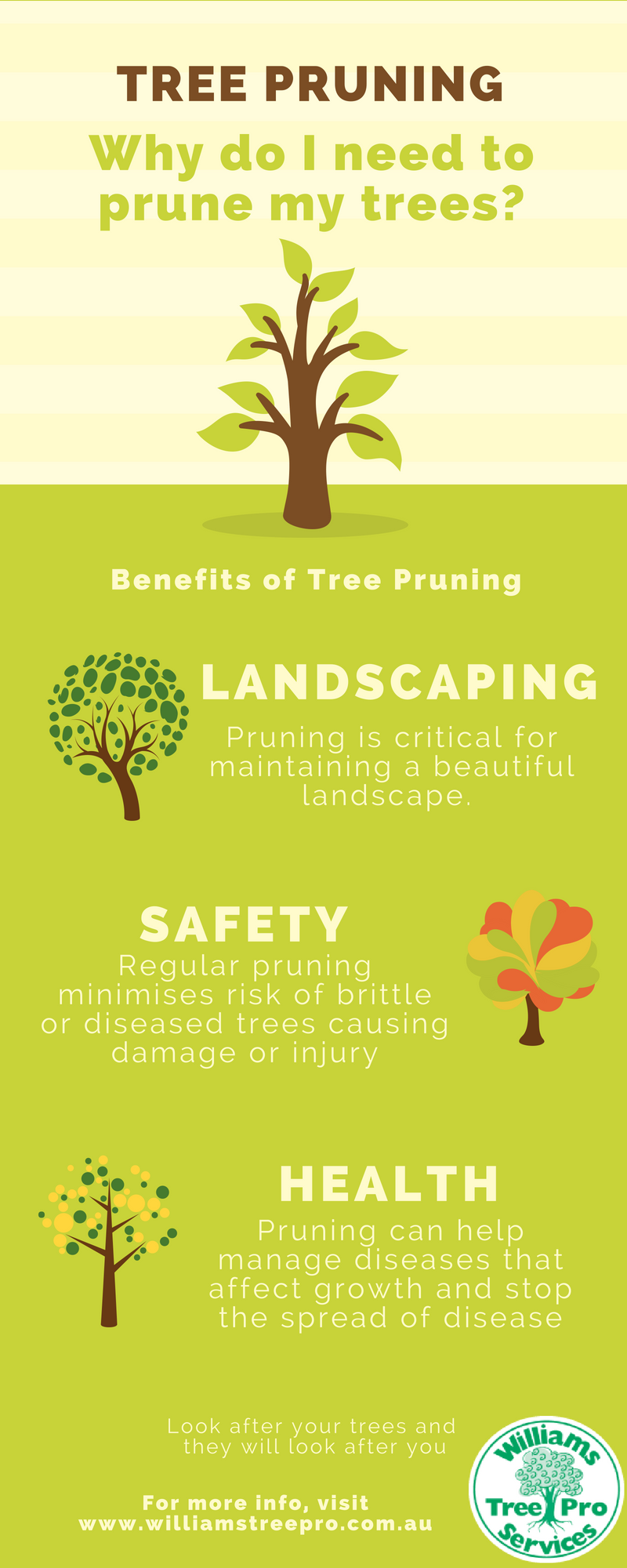Indicators That It Is Essential To Get Rid Of A Tree - A Manual For Home Owners
Indicators That It Is Essential To Get Rid Of A Tree - A Manual For Home Owners
Blog Article
super maintenance -Wright Halsey
Trees include charm and worth to building, yet they can additionally pose a risk throughout severe climate events. If a tree has actually stopped growing, is displaying visible fungal development, or has a leaning trunk, it ought to be gotten rid of by a professional to stay clear of residential or commercial property damage and injury.
To read more, go to a house owner resource reasonable co-hosted by HPD, the Center for NYC Neighborhoods, and Brooklyn-based housing companions this evening in Bedford-Stuyvesant. The event will certainly include the Home owner Manual, a new overview to help house owners browse the duties of having a home.
1. Dead or Dying Branches
Trees are an integral part of your home's landscape, supplying color and charm. https://www.countryliving.com/gardening/garden-ideas/g25633375/backyard-fence-ideas/ provide shelter for wild animals and generate oxygen, but even healthy and balanced trees can experience health problems that may require their removal. Dead or dying trees aren't just unpleasant, they can be harmful. Their branches could fall during a tornado, leading to expensive building damages and injuries.
When a tree's branches start to pass away, it indicates that its structure is starting to break down. If most of its branches are dead, it is likely time to remove it.
Try to find an absence of new growth, bark peeling, open wounds or dental caries, fungis expanding on the trunk or origins and a general look of decay in the entire canopy. These signs of infection can suggest a serious issue that will certainly need specialist tree services to fix.
2. Leaning https://stumpremovertool62738.bloginder.com/29945566/choosing-between-do-it-yourself-and-hiring-professionals-for-tree-elimination
While it's typical for trees to lean every now and then as a result of phototropism, if a tree has a harmful or severe lean that's not because of natural processes - it could be a sign that the tree requires to be gotten rid of. If the tree is leaning toward a power line, home, lorry, play structure or any other area that could be unsafe to people if it falls, after that contacting a specialist tree solution for elimination ought to be a top concern.
It's also crucial to watch for any kind of sudden changes in a tree's leaning as it can indicate damages to the origins or trunk that might result in dropping. This is particularly true throughout stormy weather, given that high winds and rain-soaked dirt can cause a lean to alter quickly. Routine tracking, particularly throughout and after tornados can help property owners acknowledge prospective troubles with their trees so they can call an arborist for a thorough examination.
3. Bug Problem
Some pest problems, such as wood-boring bugs like emerald ash borer or sap-suckers like scale bugs, are so extreme that they can create a tree to die. The most effective way to prevent pest invasion is to check your trees on a regular basis. Try to find areas, holes, or stainings in the fallen leaves and bark. Take a look at the trunk for fractures and indications of insect damage, such as tunnels or tracks.
If a tree ends up being as well infested with bugs, or is close to a home or high-voltage line, an arborist may advise elimination. If a leaning tree develops a new, unsteady lean, an arborist will likely suggest removal too to make certain the safety of individuals and building. If a weakened or dead tree constantly sheds excessive branches, it is an indicator that it is time to remove the tree. If a tree remains to shed branches for an extended amount of time, it might lead to architectural problems and possible home damage.
4. Harmed Trunk
Trees are a gorgeous and fundamental part of our landscape, however they do call for regular care to maintain them healthy and balanced and risk-free. If a tree is harmed irreparable it is most likely time for it ahead down.
Look for signs of damage to the trunk, consisting of vertical splits, joints, dead branch stubs, visible injuries or open cavities and extreme tree-rot. The visibility of fungis at the base of the trunk is one more cautioning indicator. Fungi may show that the phloem and xylem (life-support tissues) are compromised, permitting the spread of disease or a future failure.
Likewise, think about whether the tree has actually stopped growing. Healthy trees will have new development yearly, which may be visible as buds or branches growing and extending. If you don't see any type of new development, it's an excellent concept to have an arborist assess the tree and follow their suggestion for removal. A passing away or harmed tree can drop and cause property damages.